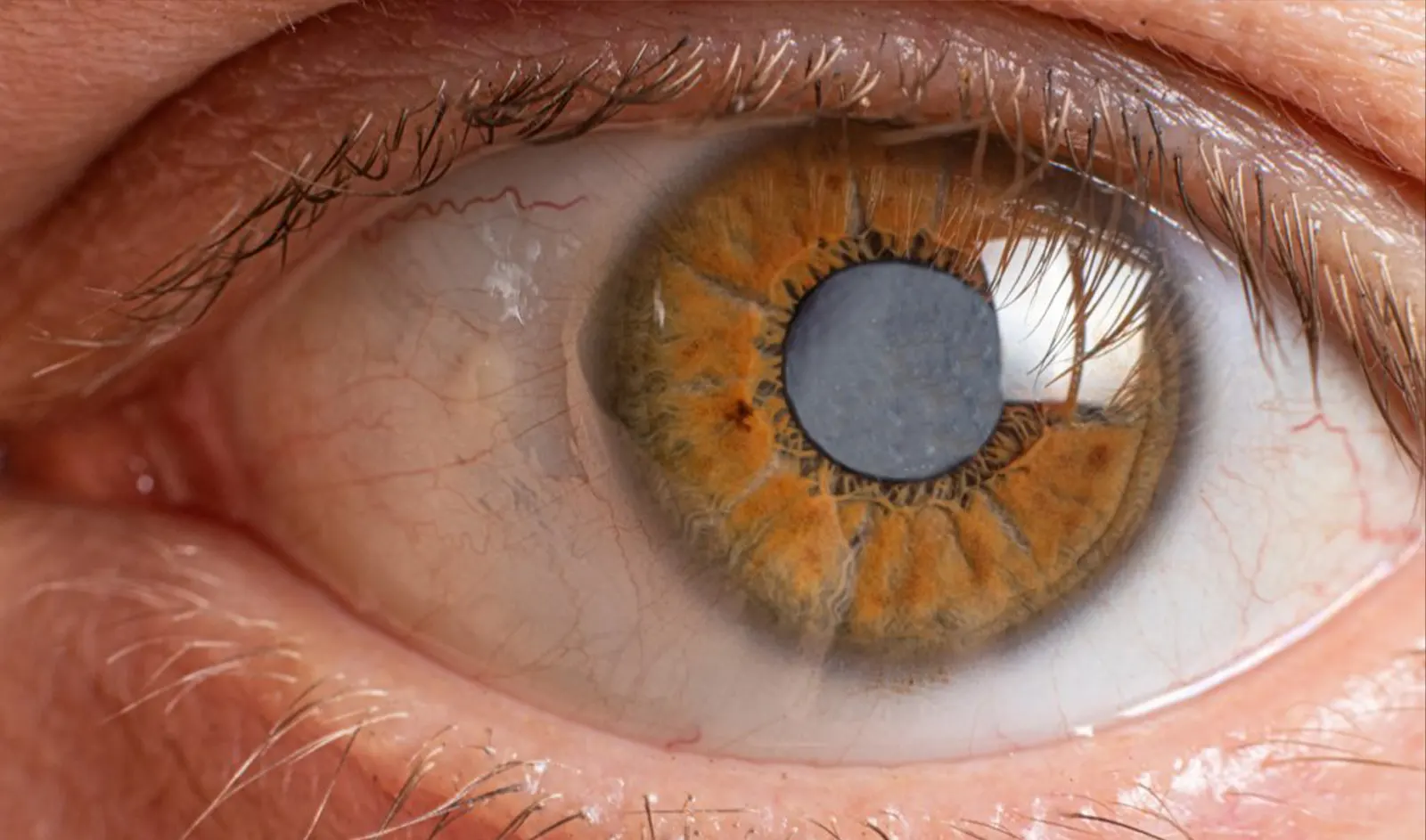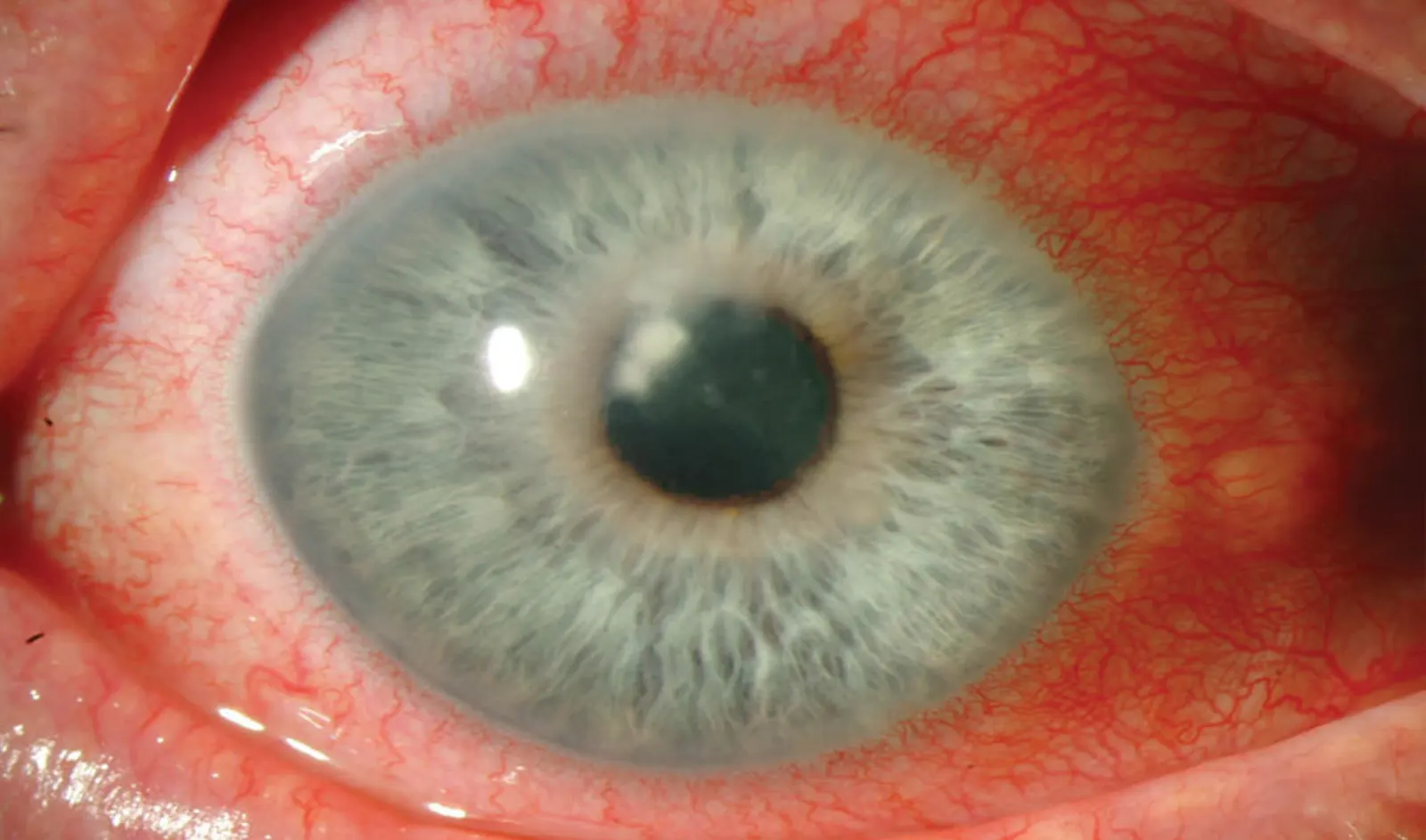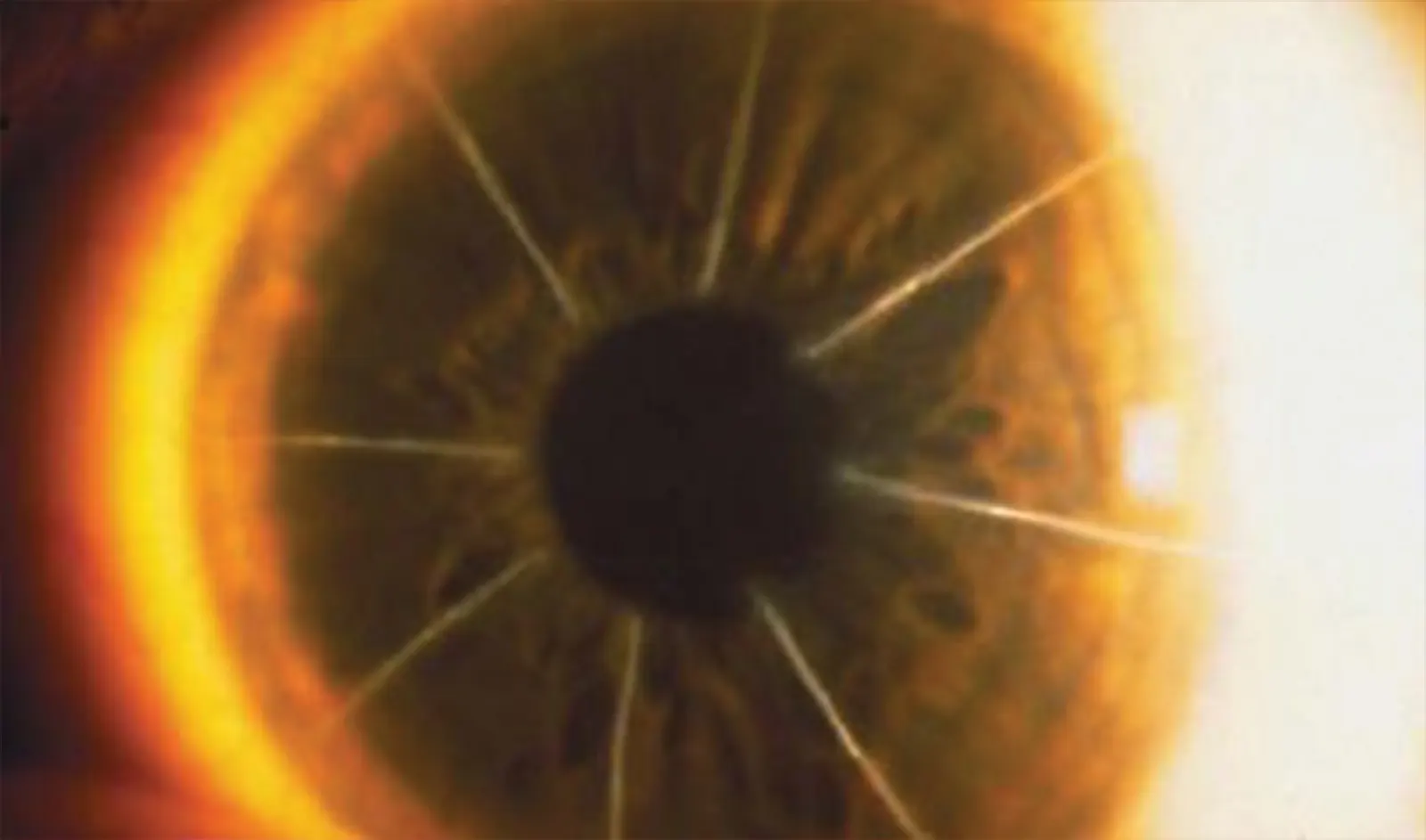Corneal Transplants are done for various reasons, and although they can restore vision, some can also have serious problems with irregular astigmatism and corneal irregularity due to a donor cornea being sewn by hand. This can lead to very poor vision with night vision issues, blurry vision, poor resolution, and doubling and tripling of images that is difficult to treat with spectacles, contacts, scleral lenses etc.
Treatment via topographic guided ablation has resulted in significant visual improvement by creating a new, more uniform surface on the corneal transplant. This allows for restoration of clear vision without disabling visual irregularities. With advances in transplanting the endothelium of corneal transplants (the main part that wears out and causes the need for a repeat corneal transplant), once a cornea transplant is reconstructed to improve vision it may be possible to keep that cornea indefinitely and thereby keep the improved vision indefinitely.

Cataract Surgery is the most performed surgical procedure in the United States, and has a phenomenal track record for improving…
Read More
The treatment of trauma with topographic-guided ablation depends on the level of scarring caused by the trauma, the position of…
Read More
In the dynamic world of eye care, keratoconus treatment has become a focal point due to the condition’s impact on…
Read More